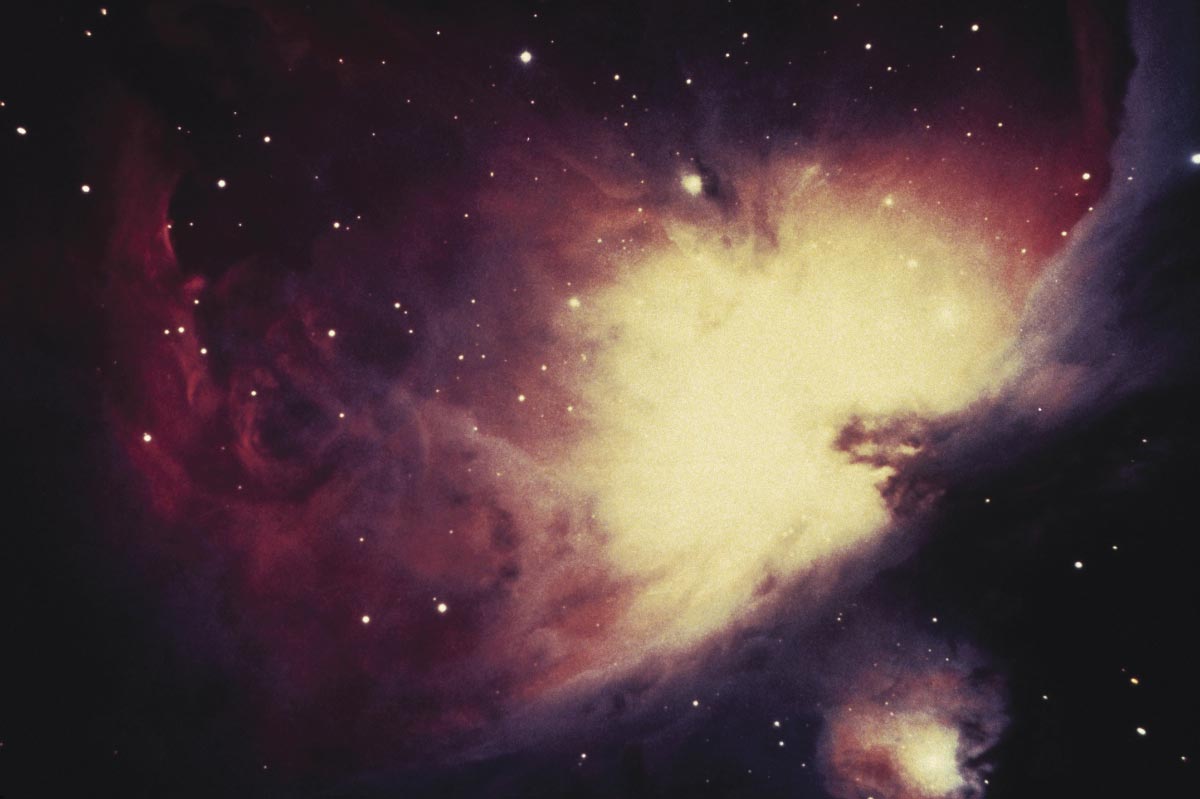Astronomers detected a star entombed by a blizzard of objects in October, which some claim might be the development of a huge alien structure known as a Dyson Sphere.
The Kepler Space Telescope discovered unusual flickers emitted by star KIC 8462852, and the dips in light are not what one would expect from planets blocking the star.
A Dyson Sphere is a huge, hypothetical, hollow shell that wraps around a star, collecting the energy it churns. The idea of a Dyson Sphere is based upon a thought experiment propounded by physicist Freeman Dyson, who speculated that “a technologically advanced race, reaching the limit of its civilization’s expansion because of dwindling matter and energy supplies, would seek to exploit their sun for all it is worth.”
The claim that the object might be a Dyson Sphere was not made before weeding out other natural hypotheses. The dips are unlikely the result of a cloud of dust, since the star is too old to have a celestial disk. Comets would not be very good at concealing the star, either. It could be pieces of a planetary collision; although, such events are so rare that they would not likely be detected by Kepler.
An incomplete sphere
Some have pointed out that any possible Dyson Sphere around KIC 8462852 would have to be incomplete, since it is letting light shine through it; a complete Dyson Sphere would block off sunlight as it entombs and harnesses all the energy from the star. Others, however, say that this Dyson Sphere may be complete now. After all, the star is 1,400 light years away, meaning, we are observing the star as it was hundreds of thousands of years ago.
Since a Dyson Sphere exhausts its neighboring star’s energy, the former causes the latter to shrink in size. There is no way of telling whether the Dyson Sphere is complete.
The concept of a Dyson Sphere isn’t without its difficulties, however. The tensile strength necessary to prevent a Dyson Sphere from ripping itself apart doesn’t exist among any known material. There isn’t enough material in a solar system to build a Dyson Sphere, either. Furthermore, star shine could also cause the Dyson Sphere to overheat. Engineers could circumnavigate this problem by expanding the Dyson Sphere to be farther away from the star; however, this would require even more resources than are available in the solar system.
In addition, a Dyson Sphere would be highly unstable. If any part of the system was nudged, whether by a comet or solar wind, then that part of the Dyson Sphere would plunge into the neighboring star by its gravitational pull.
A Dyson Swarm?
There are various forms a Dyson Sphere can take. A Dyson Swarm, for instance, would consist of a swath of mirrors or solar panels in various orbits around a star, like a swarm of honeybees around a hive.
A Dyson Swarm evades the problems of a traditional Dyson Sphere. Since a Dyson Swarm doesn’t entomb an entire star but is spread throughout space, it wouldn’t shield all of the star’s light. Therefore, it is possible that what Kepler detected was a Dyson Swarm, since it can still see the star.
While scientists are considering the possibility of a Dyson Sphere causing dips in KIC 8462852, it’s also possible that a family of exocomets were caught by the star’s gravitational pull, smashed into its asteroid belt and ensued a blizzard of celestial debris.
While there are no conclusive findings as of yet, scientists hope to find out more about the star as they gather more data.
The next dipping events are expected to occur in May 2017.
Sources:
IBTimes.co.uk
Independent.Co.UK
PopularMechanics.com
















